Normal Logical Thinking Worksheets Activities With Answers for Ages 3-6
56 filtered results
-
From - To
Discover our engaging Normal Logical Thinking Worksheets designed for children aged 3-6! These activities aim to foster critical thinking and problem-solving skills in young minds through interactive and enjoyable exercises. Our thoughtfully crafted worksheets include puzzles, sorting tasks, and pattern recognition activities that challenge children's reasoning abilities. Each activity comes with easy-to-follow instructions and answer keys, making it simple for educators and parents alike to support their child's learning journey. With colorful illustrations and age-appropriate challenges, these worksheets encourage creativity and cognitive development. Download our Normal Logical Thinking Worksheets today and watch your child thrive in logic and reasoning!
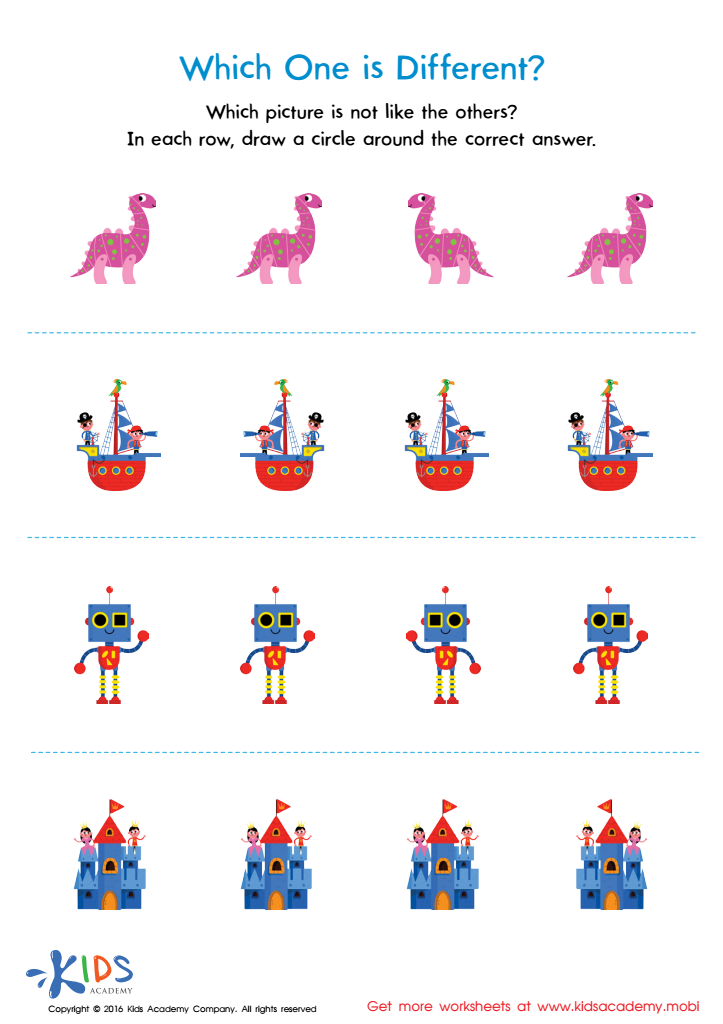

Which One Is Different Worksheet
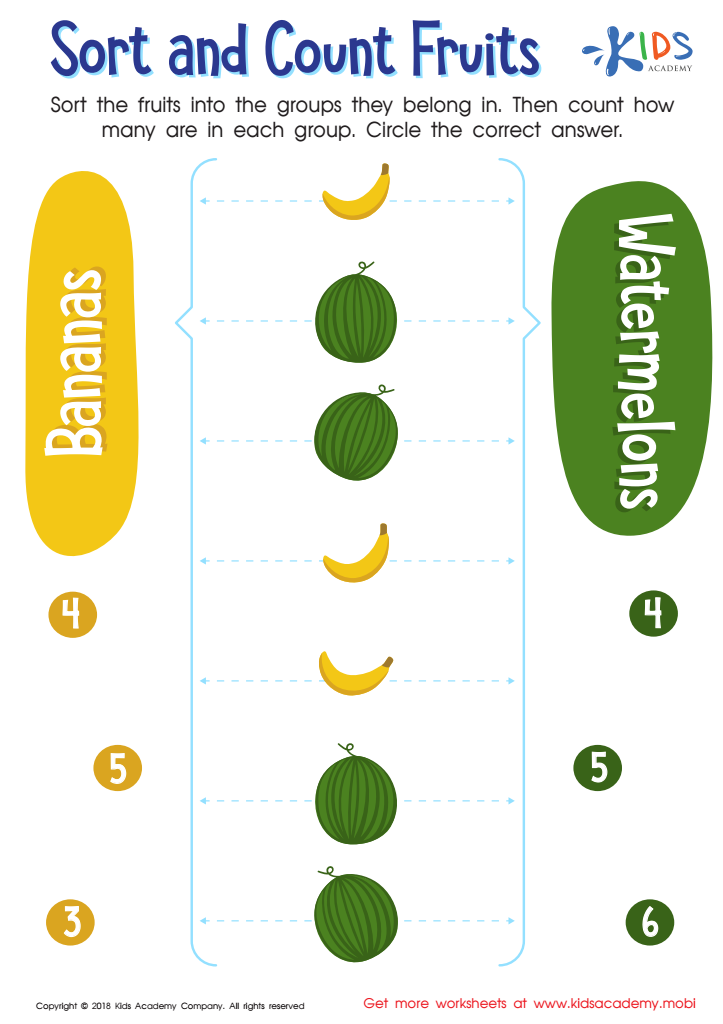

Sort and Count Fruits Worksheet
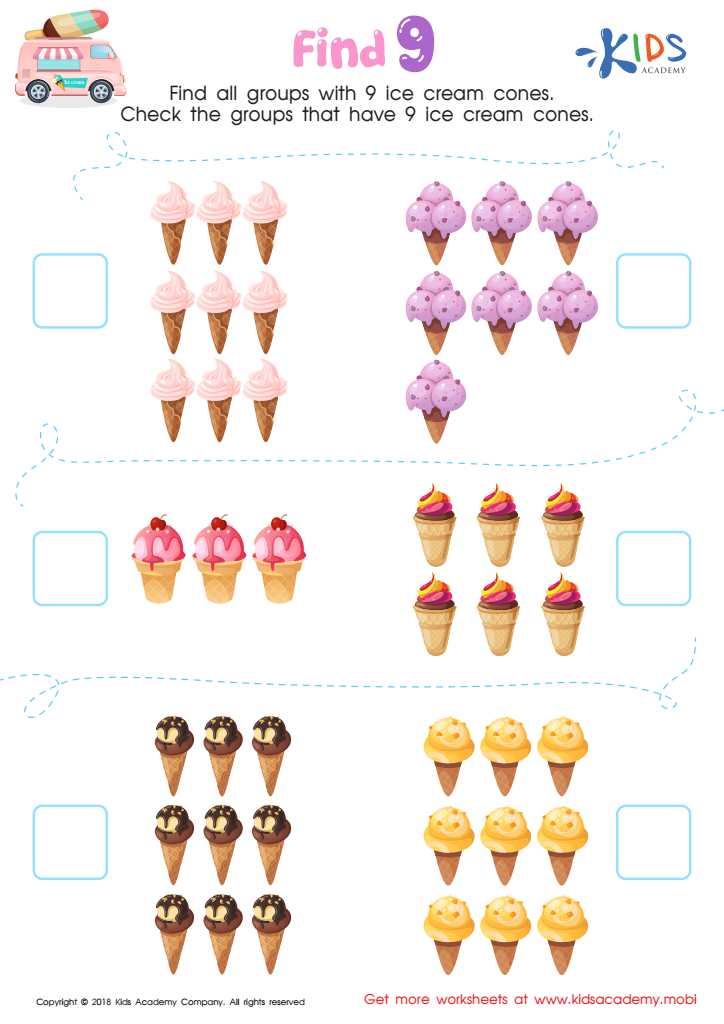

Find 9 Worksheet
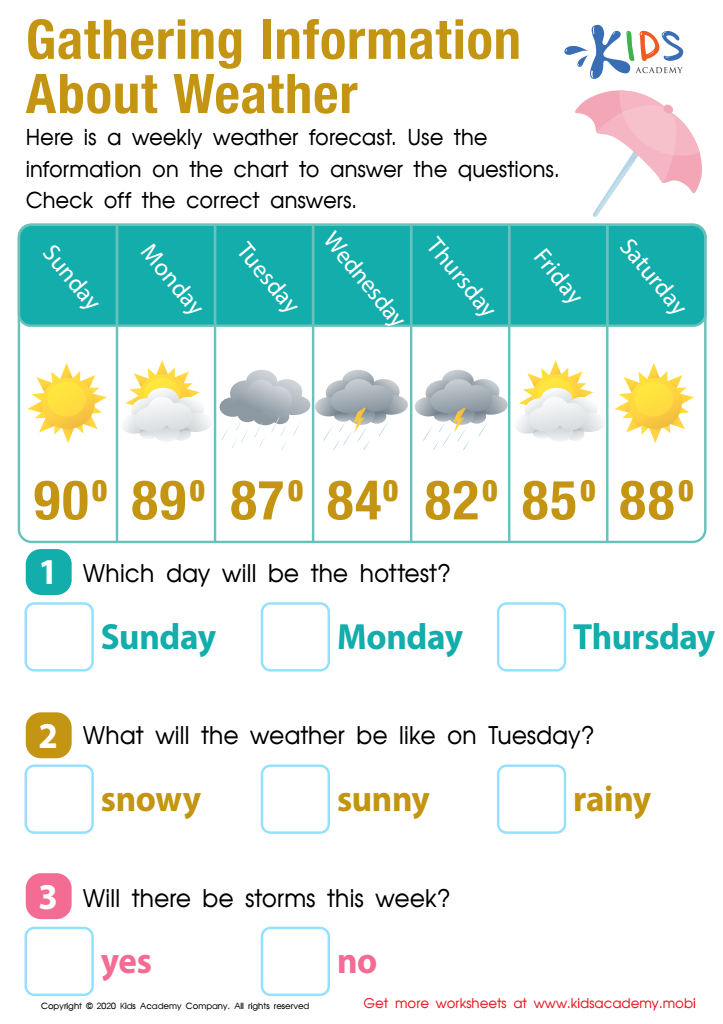

Gathering Information About the Weather Worksheet
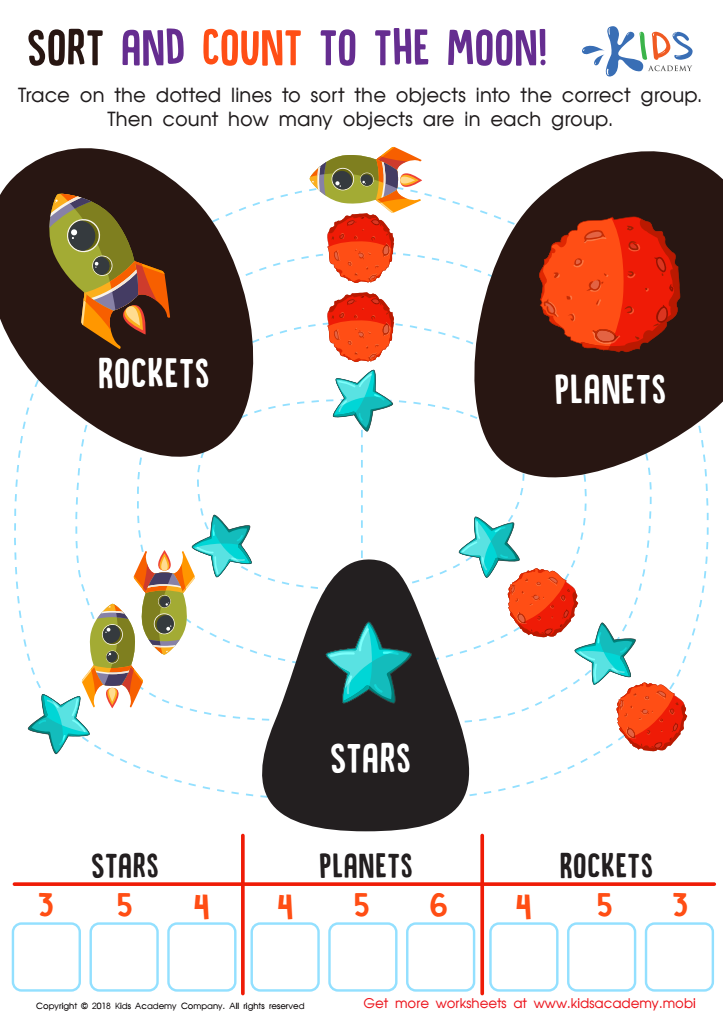

Sort and Count to the Moon Worksheet
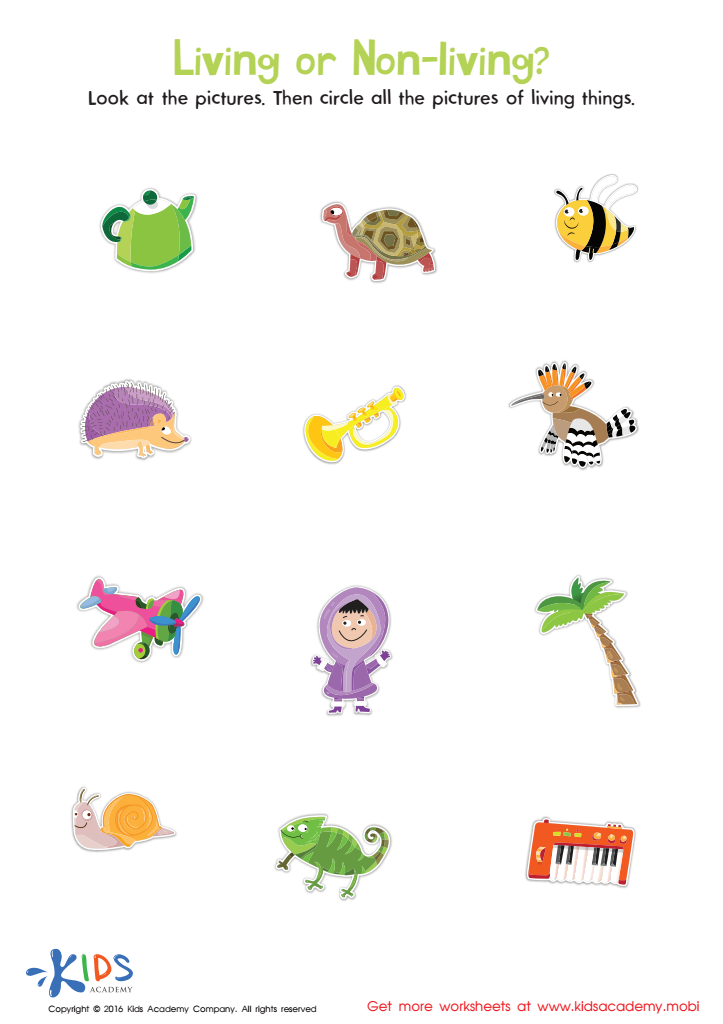

Identifying Living and Non–living Things Sorting Worksheet
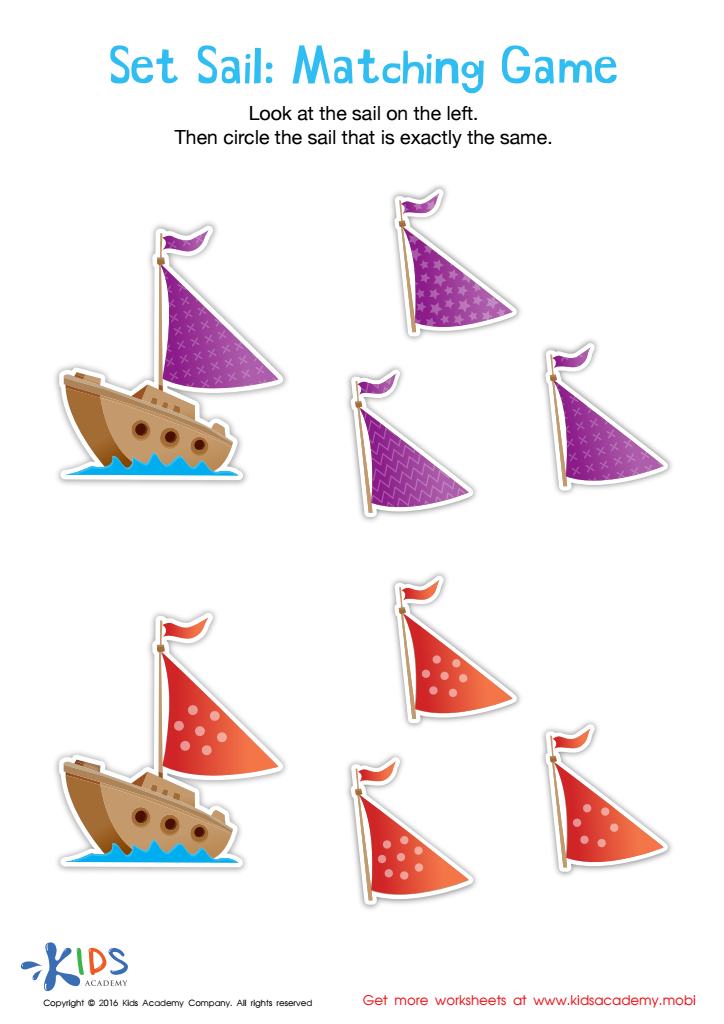

Set Sail Worksheet
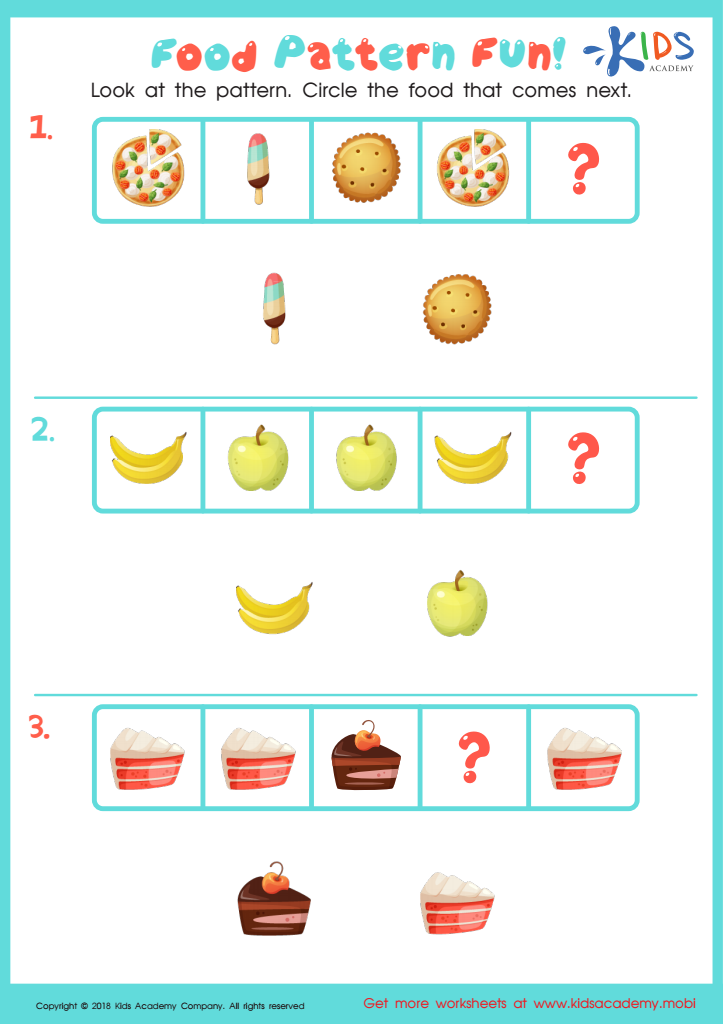

Food Pattern Fun Worksheet
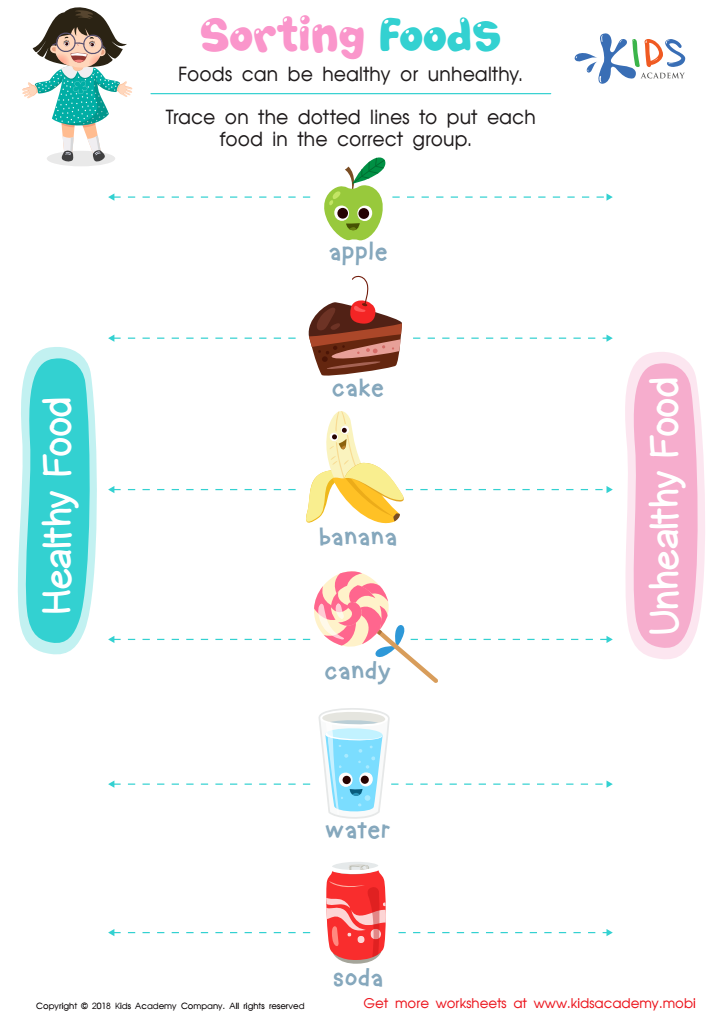

Sorting Food Worksheet
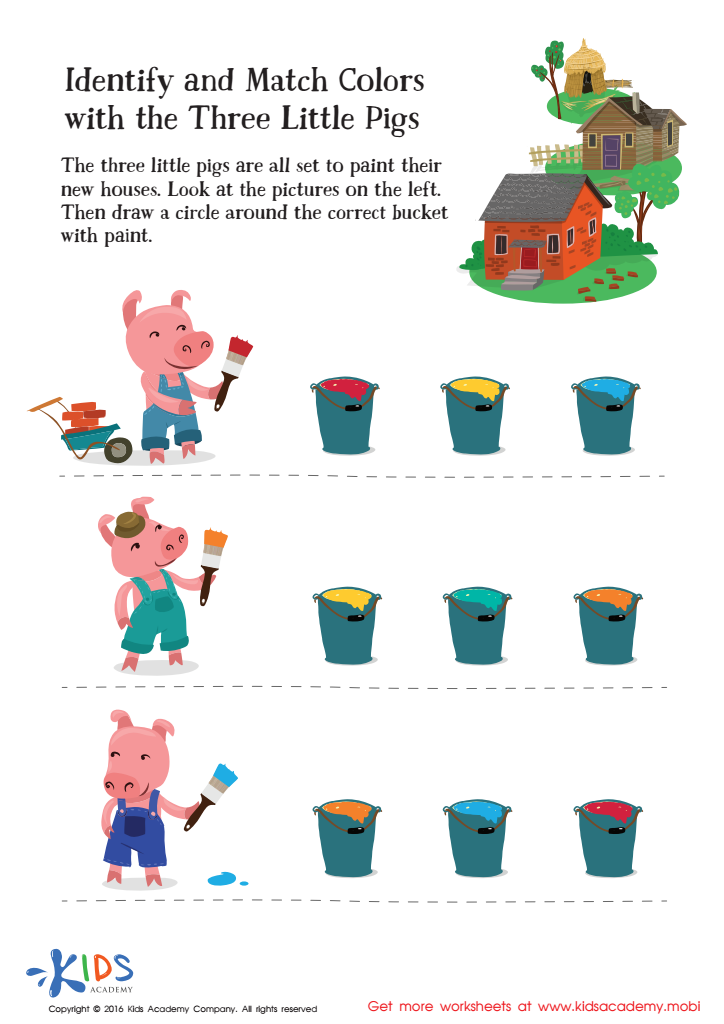

Fairy Tale Worksheet: Identify and Match Colors with Three Little Pigs
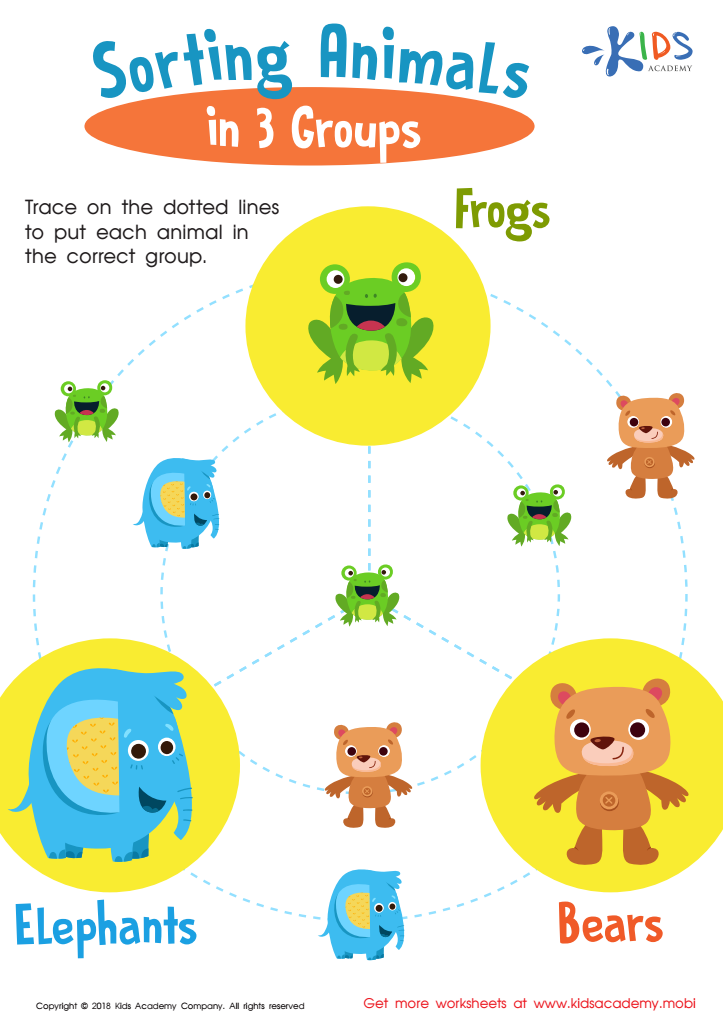

Sorting Animals in 3 Groups Worksheet
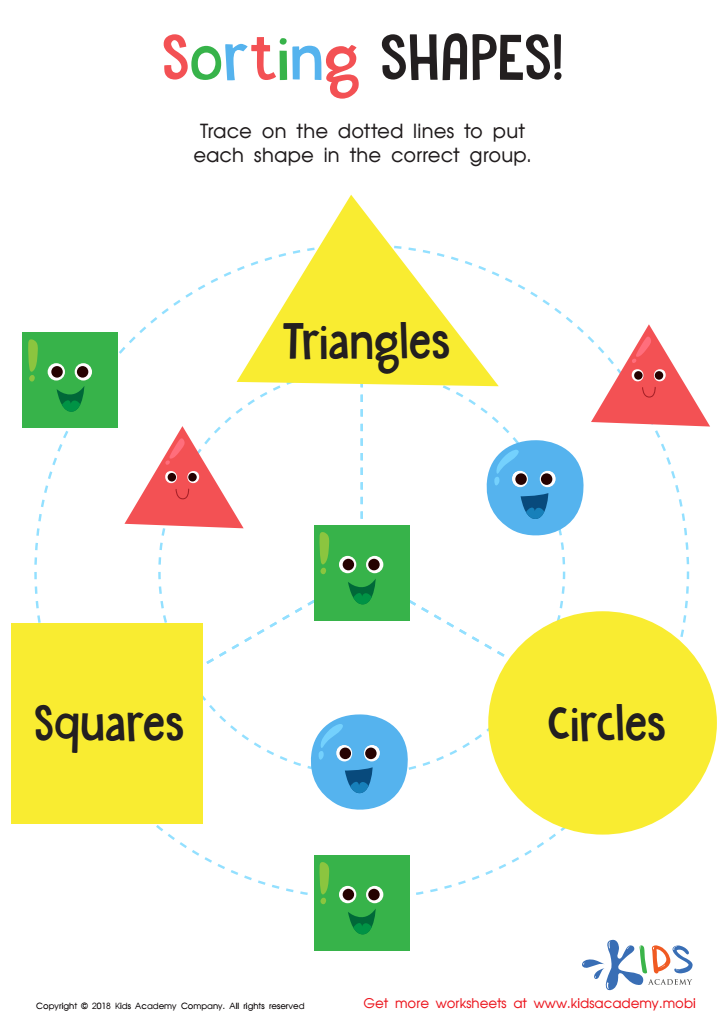

Sorting Shapes - Part 3 Worksheet
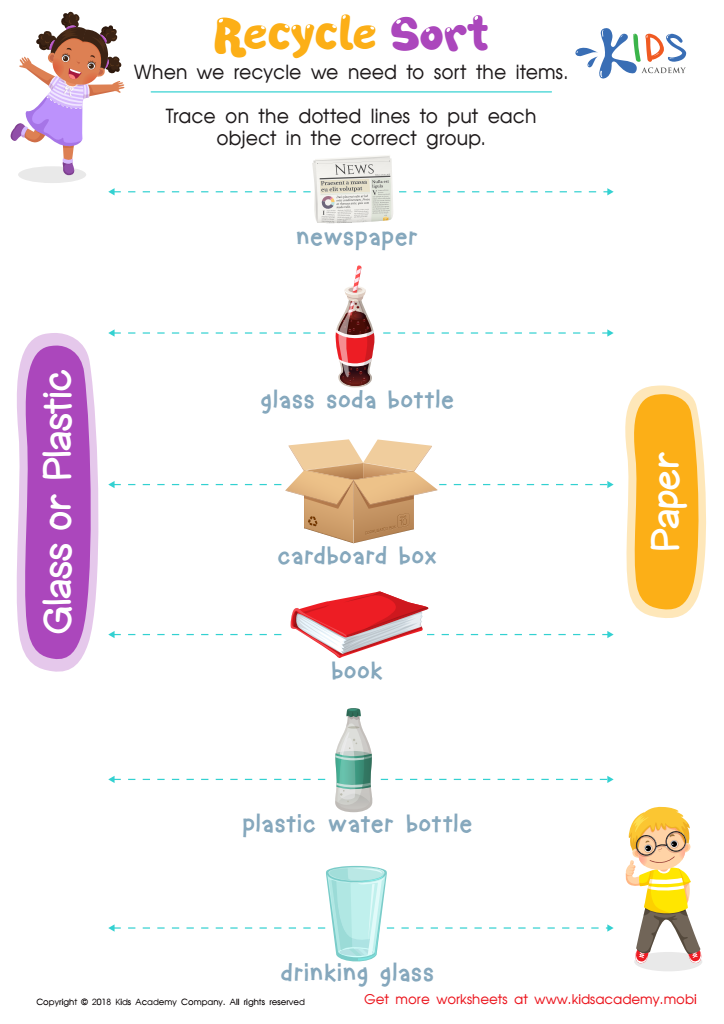

Recycle Sort Worksheet
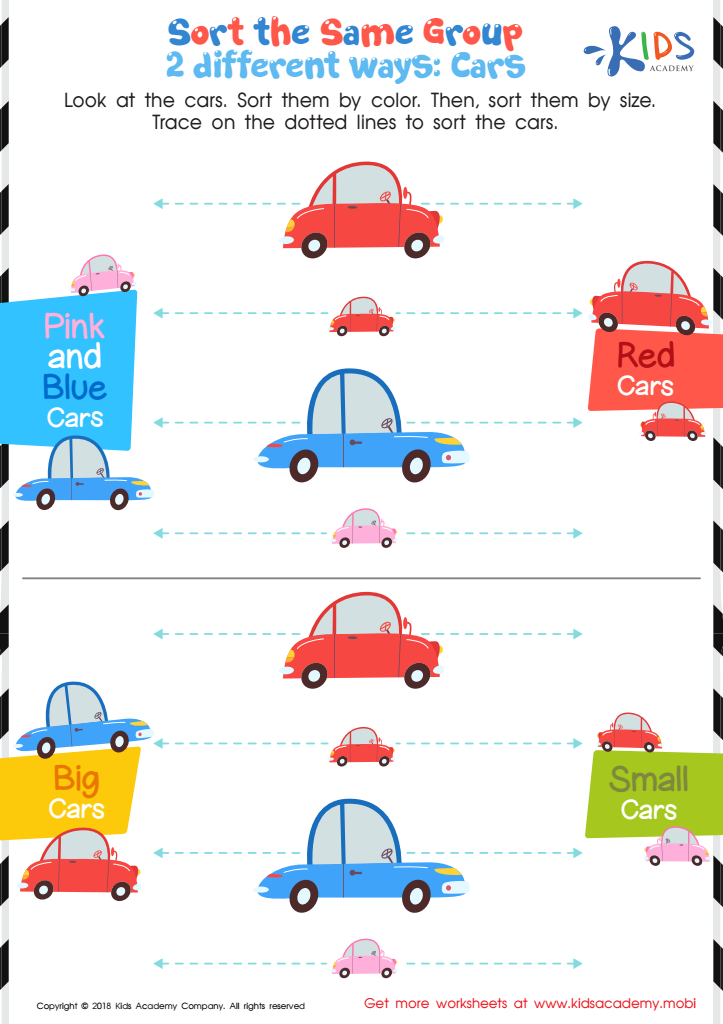

Sort the Same Group 2 Different Ways: Cars Worksheet
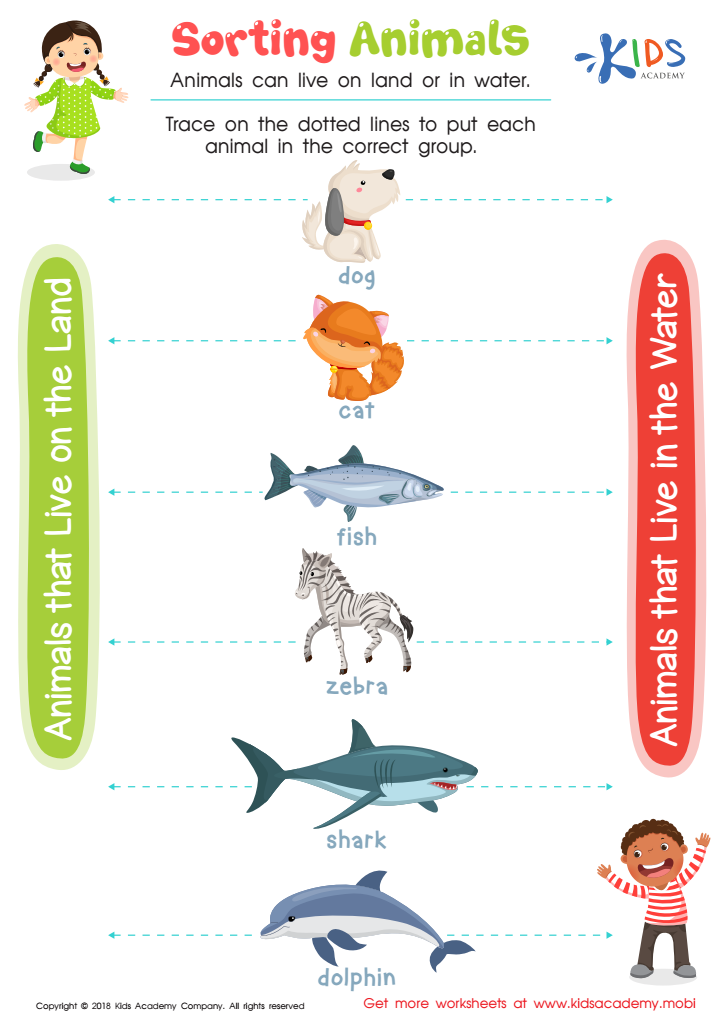

Sorting Animals Worksheet
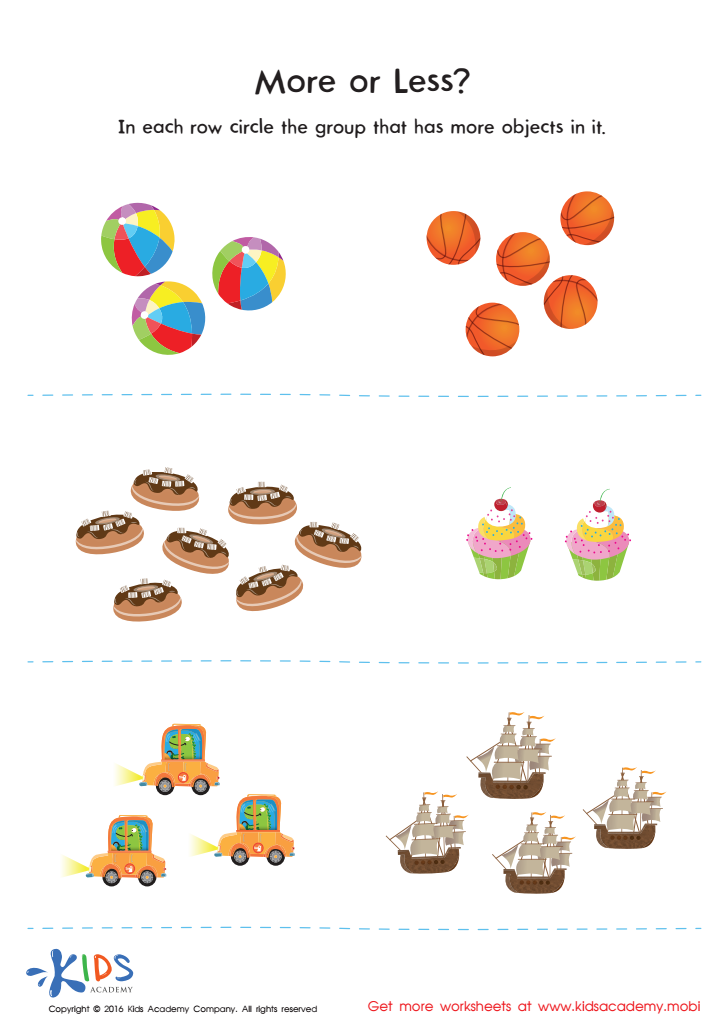

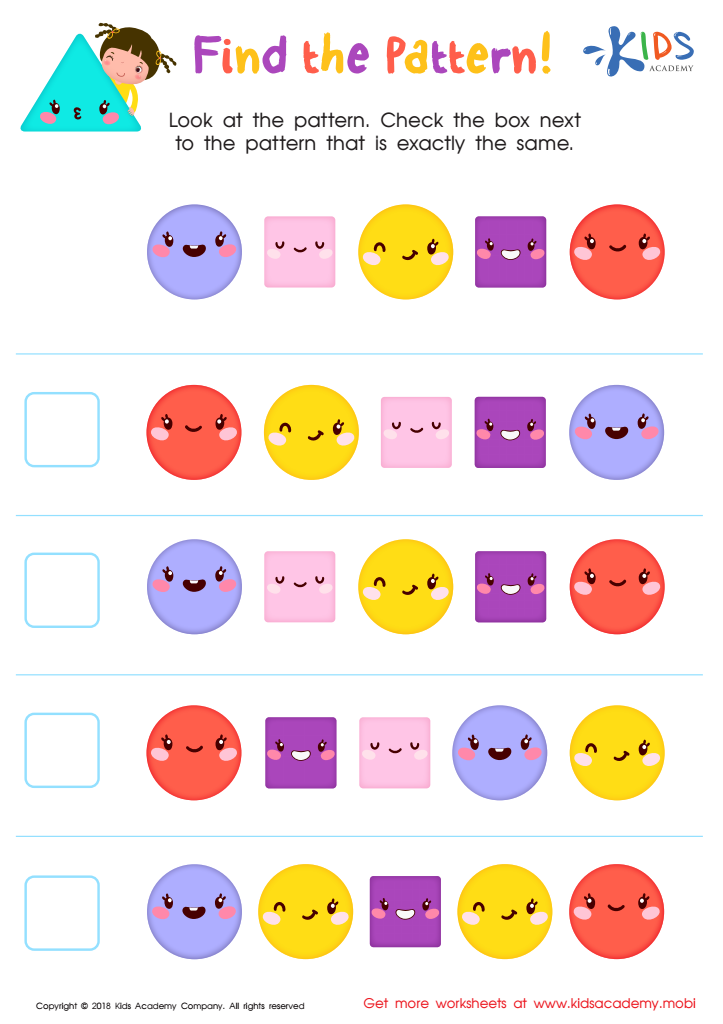

Find the Pattern Worksheet


The 5 Sense Scientist Worksheet


Fruits Match Up Worksheet
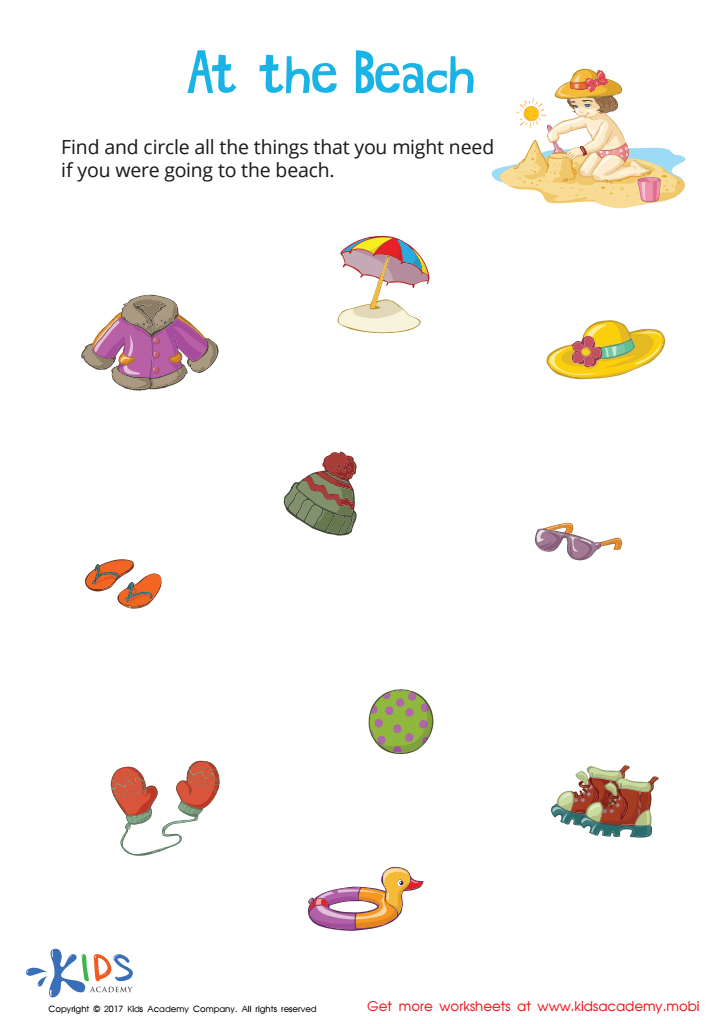

At the Beach Sorting Worksheet
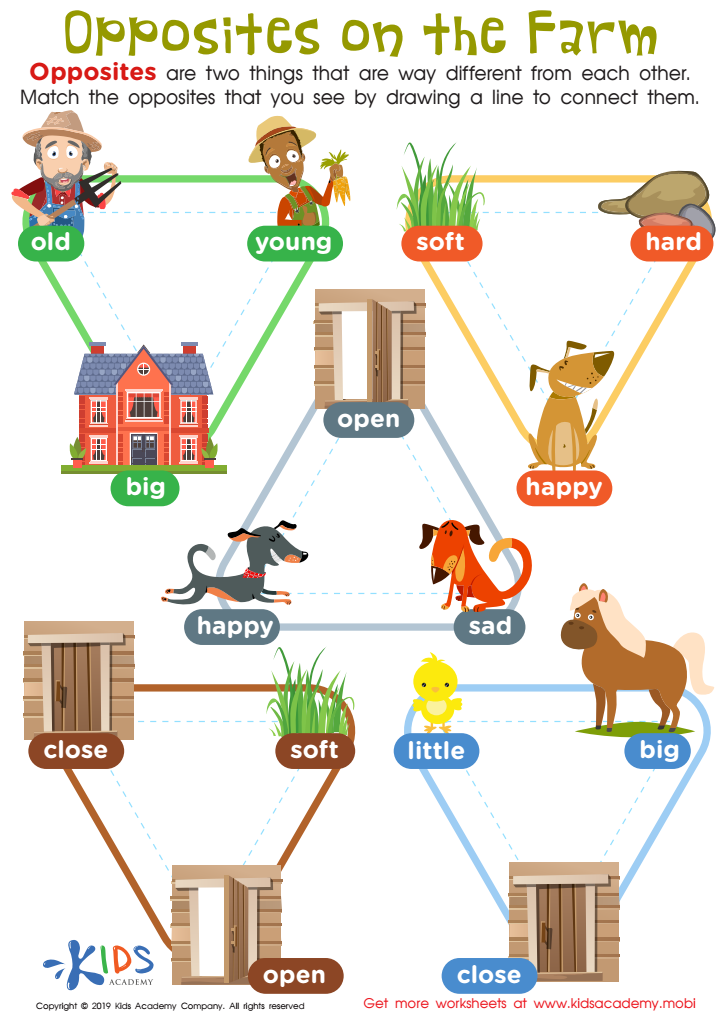

Opposites on the Farm Worksheet
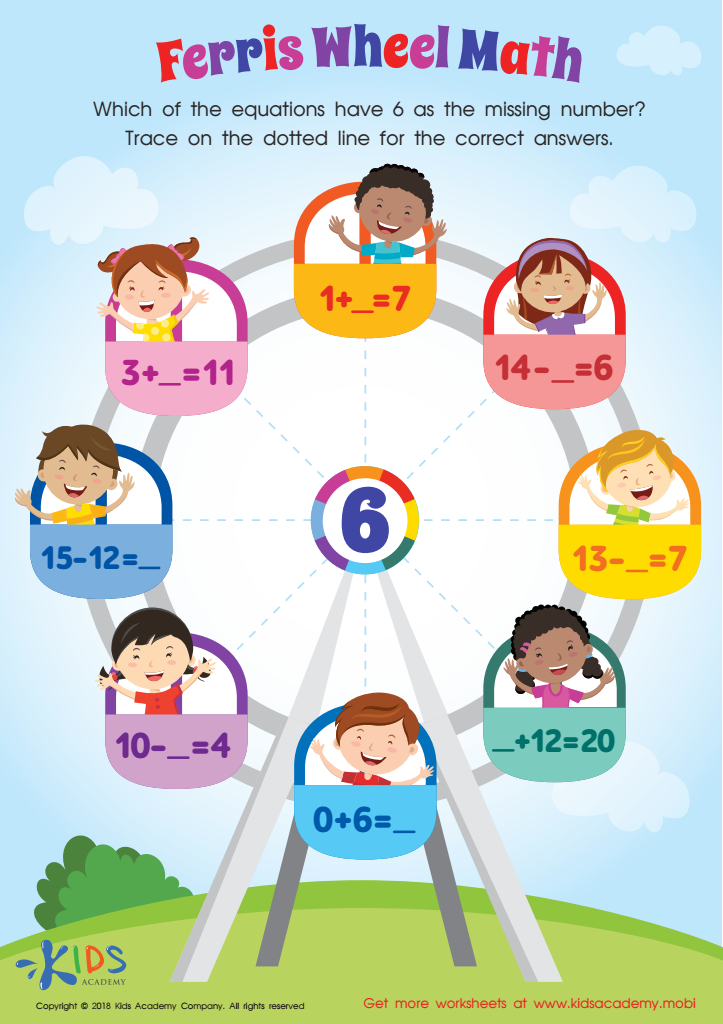

Missing Number: Ferris Wheel Math Worksheet


Matching: Classifying Toys by Size Worksheet
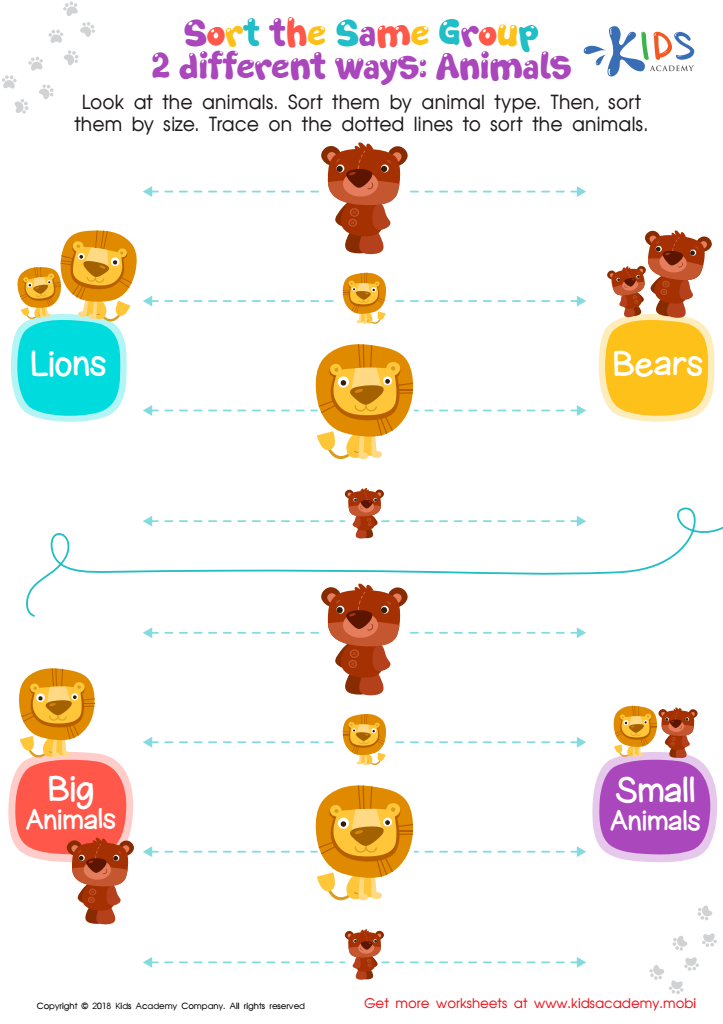

Sort the Same Group 2 Different Ways: Animals Worksheet
Parents and teachers should care about normal logical thinking activities for ages 3-6 because these activities are foundational for developing critical thinking skills in young children. At this stage, children are naturally curious and eager to explore the world around them. Engaging them in logical thinking activities nurtures their ability to reason, solve problems, and make connections, which are essential skills for future learning.
These activities often incorporate puzzles, pattern recognition, and simple deductive reasoning tasks that stimulate cognitive development. By encouraging logical thinking, adults help children grasp essential concepts in mathematics, science, and language arts at an early age. This cognitive groundwork also bolsters their ability to communicate effectively, understand instructions, and collaborate with peers.
Additionally, structured activities can provide a sense of accomplishment and confidence as children successfully solve problems. It fosters patience and perseverance, characteristics that are crucial for lifelong learning. Ultimately, introducing logical thinking in fun and engaging ways helps build a robust learning foundation, enhances social skills, and supports holistic development, paving the way for more complex learning as children transition to higher grades. Prioritizing these activities can yield significant long-term benefits for both parents and educators invested in children's growth.
 Assign to My Students
Assign to My Students
















